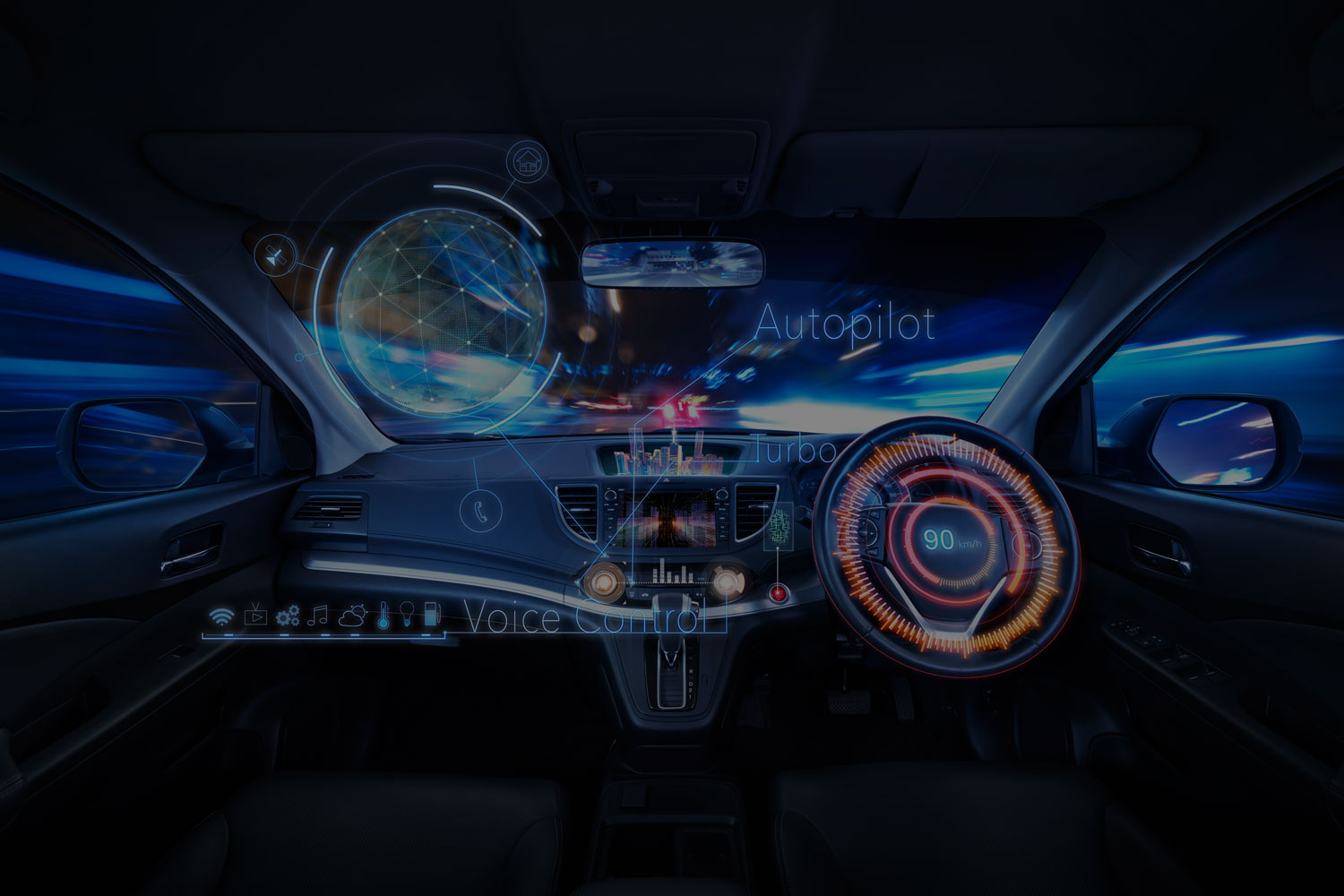What if – automotive technology development advanced at speed
Our latest what-if short explores our future relationship with the technology we encounter in our vehicles, how we might drive them, and the ways in which major advances in automotive technology may connect, collaborate and co-create as an autonomous self-managing system; a form of hive mind.
The chain of thought was sparked when I recently replaced my 5-year-old car with a new one. The technology accessible from the dashboard of the new car (and my phone) was quite extraordinary when compared with the technology I had been used to in what had been a brand new (relatively high specification) car 5 years previous. The difference felt like comparing the graphics and functionality of a Sony PS4 to that of an Atari console of the 70s (anyone remember playing Atari tennis?). Inevitably, I started to wonder what the next 5 to 10 years might deliver …
It’s not a prediction, and is enormously unlikely to be right but it is a useful meander into a possible (and potentially plausible) future … here we go …
Drivers had fast become accustomed to being fully connected and informed when on the move. The ability to access basic functions (for example locking and unlocking car doors), check vehicle diagnostics, and load up destinations to onboard sat-nav software, remotely from a mobile phone, was now considered a standard feature. Saved driver profiles no longer rely on key recognition; the driver’s DNA profile is now read upon entering the vehicle and matched to a database of vital statistics and car designs to provide the optimal driving position. Adjustments and environmental preferences can be saved for each vehicle/driver combination. This technology has the added benefit that alcohol and drugs can be immediately detected, and the vehicle rendered inoperable. The extensive inbuilt biometric monitoring within vehicles allows vital signs to be continually monitored for illness or fatigue. If a driver is taken ill at the wheel, autopilot will be engaged and emergency services notified of an imminent arrival at the next available roadside health facility.
Once upon a time, new vehicles needed to be ‘run in’ and had their first service after approximately 1500 miles. For some years now, service intervals had been extending, and much of the service programme had entailed plugging a car into a diagnostic computer which would alert a mechanic to any obvious problems encountered by an array of sensors and direct them as to how to proceed. Vehicles now make the most of remote connectivity via the ‘internet of things’ and have the ability to request diagnostics and assistance from a qualified and experienced mechanic far away (initial diagnostics are increasingly managed by AI and then escalated to human mechanics if necessary). Even major services can now be carried out remotely supported by a regular scheduled trip to the local maintenance hub for oil changes, part replacements and the like.
Large out of town parking facilities have rendered on street parking a thing of the past. DaD (drop at the door) enabled vehicles can set down their passengers at the nearest accessible point to their destination and then self-park remotely. DaD also makes the most of Side-Slide parking to minimise accidents and increase speed of manoeuvre. Vehicles can be summoned by the driver once they are ready to commence their onward journey.
Environmental concerns, economical factors and congestion issues have all led to an upsurge in Group Operated Vehicles (GOVe).
GOVes are a cooperative purchase agreement where the vehicle is shared by a small number of owners and utilised by the group as effectively and efficiently as possible. Becoming part of a GOVe allows users to benefit from tax breaks and mileage extensions. The attractiveness of being part of a GOVe has increased significantly since the introduction of personal allocated mileage limits which, along with vehicle specification, determine the level of road tax paid. Members of a GOVe, can combine and share mileage limits with the added benefit that excess mileage can be shared with the broader driving community via a portal dedicated to traffic congestion management (in much the same way as excess power generated can be sold back to the power grid). Congestion management is now actively managed by Road Traffic Control (RTC), who work in close collaboration with Air Traffic Management organisations and Drone Operating Companies. Recent developments have included the co-creation of an in-car drone delivery service.
When driving on motorways, tailgating (once considered to be a highly dangerous habit) is now a respected manoeuvre. RTC will often be heard to direct a stream of drivers to engage ‘tailgating’ to form a vehicle chain of cars on autopilot that is scientifically proven to reduce congestion and emissions.
Speeding fines and driving offences now result in swift and sometimes hefty penalties.
Fines are immediately due and are collected automatically from a driver’s personal account which must be sufficiently funded at all times. Where offences are serious, or fines cannot be collected, immediate restrictions are applied to the driver’s permissions. A reduction in allocated mileage, exclusions from certain zones or road classes, or even a driving ban can be applied remotely with immediate effect. In this instance the car will automatically take itself to the next safe place to park and the driver will need to make alternative arrangements for onward travel. Where medical diagnoses render a driver unsafe to drive or a greater risk to other road users, social system connectivity ensures that appropriate restrictions are placed upon their driving permissions and insurers are alerted.
For many years it had been acknowledged that past performance was not necessarily the best indicator of future risk. As the insurance industry has better understood the opportunities at their disposal, products have gone beyond the initial offerings of favourable insurance premiums based upon past driving performance. Initial experiments had involved placing transponders within cars to regularly communicate speed, location and driving style to insurers so that premiums could be adjusted based on monitoring driver capability and a more precise calculation of risk. These experiments evolved into a whole new class of insurance known as Current Assessment of Risk policies (CAR). CAR policies are continually adjusting at every moment to reflect the level of risk presented by the drive, their location and the manoeuvres undertaken. Drivers who regularly engage in manual driving (avoiding autopilot) are considered high risk and their insurance premiums are affected accordingly.
Some seeds are already in place for a few of these eventualities to potentially come to pass. And that’s what we’re looking for – plausible, potential futures that can extend our thinking and highlight trends and patterns that are yet to clearly emerge. Innovations and developments that will actually happen may be unimaginable at this point in time – it can be incredibly challenging (almost impossible) to imagine elements of the future that are beyond our current paradigm of experience.
Having limited experience of the technological foundations required can be liberating when considering how the technology may evolve and the repercussions that may result. As you think through possible future worlds, consider how the future scenario may come about and what drivers in the present may spark a particular change. Don’t let a lack of experience in a field scare you away from considering how a sector, a product, a market, or a behaviour may evolve. Often the ideas with greatest potential impact come from end-users and people working in entirely unrelated sectors…












